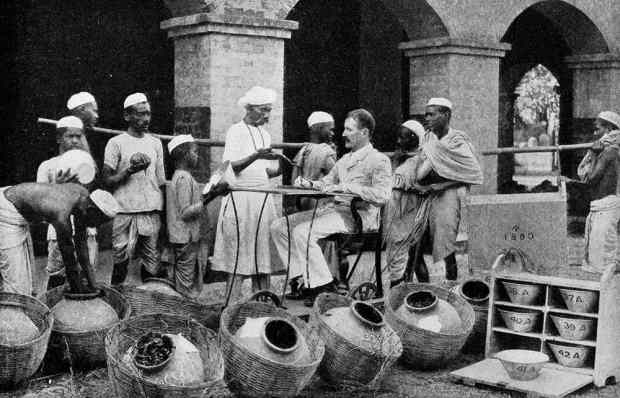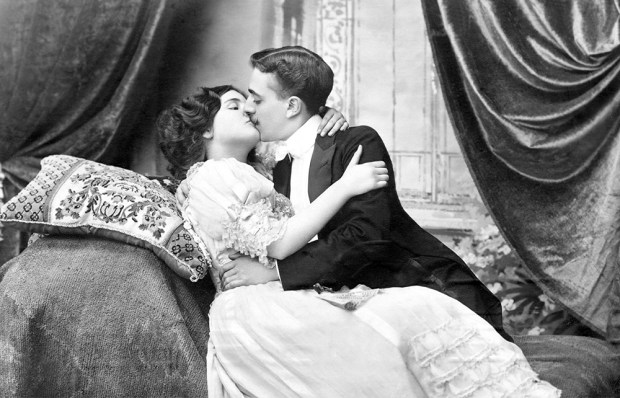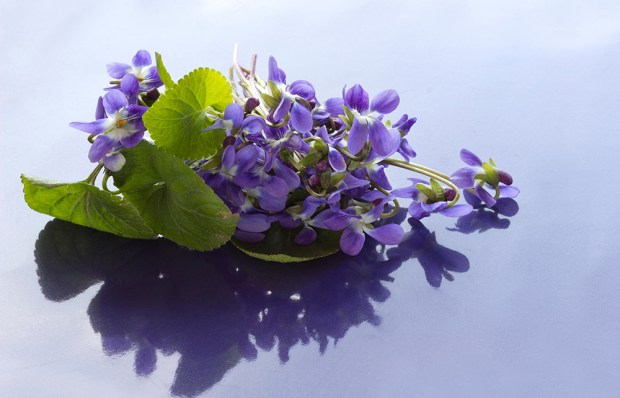Another writer I once liked very much is Gerald Brenan. Brenan served with distinction in the first world war and afterwards carted 2,000 books to Yegen, a remote village in the Sierra Nevada, to eke out his family allowance and educate himself. He was a great walker. From his house in Yegen he walked 57 miles in two days to Almeria to buy second-hand furniture, and once he walked the 71 miles to Malaga in 28 hours to meet friends. A lifelong friendship with Ralph Partridge drew him into the Bloomsbury group of writers and artists, and he spent years trying to get his well-developed leg over Dora Carrington, Partridge’s wife. Lytton Strachey visited him at Yegen, suffering agonies from his haemorrhoids on the mule trek from the coast. Brenan’s book about his Yegen years, South From Granada, published in 1957, was an instant travel classic. When I was introduced to the book ten years ago, what passes for my imagination was enflamed by it.
The following winter (I am such a fool) I rented a cottage in a village not far from Yegen, intending to live as simply, stoically and mindfully as Brenan had done in his cottage, and perhaps to write, and take epic walks, and experience at first hand the rustic atmosphere that Brenan had so wonderfully evoked in his book. The village crouched in a sunless valley; the cottage was thick-walled, built by the Moors. And I hated the place. The village was dismal; the cottage a chilly cave. But I conscientiously made the pilgrimage along the mountain paths to see Brenan’s house at Yegen. It was more bourgeois than the rustic hovel he’d described, even allowing for subsequent renovations. Yegen, too, was unrecognisable from the one so lovingly portrayed. Everything was a disappointment. Connected now to the rest of Spain by a two-lane highway, the district was disappointingly modern. Worse still, I was a disappointment to myself. I neither walked after that nor wrote. I hardly read. Instead I watched old box-set DVDs on the telly or went to the bar in the next village where I became the declared love interest of a lonely alcoholic shepherd. I nearly went mad.
Then I met Lynda. We were queuing for fruit and veg at the back of the van that stopped in our village twice a week. She was tall and very present and spoke quietly, almost in a whisper, and the slightest exertion made her breathless. She lived in the house on the far side of the almond tree orchard, she said. She liked to have afternoon tea at about 3.30 and would be very glad if I could join her.
So at 3.30 I pulled on the bell and she came panting to the door and led me into her living room. The house was the same ancient massive-walled Moorish blockhouse as mine, but cosy and comfortable. An olive tree bole was burning with hypnotic stillness on a heap of snowy ashes in a simple, whitewashed fireplace. She reappeared with tea and porcelain cups and saucers on a tray, and a plate of cakes, and we sat either side of the hearth and talked. She was a poet, she admitted ruefully, and so we talked about literature and poetry, which she loved far above everything else.
I, in my turn, confessed that I was on the Brenan trail. Yes, she had read Brenan’s famous book. Yes, she had enjoyed it. I told her about my pilgrimage to the house at Yegen. I had lately heard that at the end of his life he might have lived also in a house in this dispiriting village, I said. Did she know which house? About that she couldn’t say, she said. It was quite possible. The subject was closed. I must have managed to keep up my end of our bookish conversations because after that I was a regular at that hearth for afternoon tea and book talk. Then the sun came out, and she introduced me to one or two other English-speaking souls, and I abandoned my Brenan quest and the strenuous promises made to myself and began to enjoy myself a bit.
Years later, I picked up a copy of The Interior Castle, Jonathan Gathorne-Hardy’s excellent biography of Brenan. And only then did it dawn on me that Lynda was in fact Lynda Nicholson-Price, who, as a 22-year-old woman, had taken the 78-year-old Brenan’s fancy and for the last 16 years of his life was his secretary, companion and carer — though they were never intimate. Together they shared the same hearth at which we had sipped our teas. Four feet on a fender. They were the happiest years of Brenan’s life, says Gathorne-Hardy. There is a photograph in his book of a lovely young Lynda reading a newspaper, and a very elderly Gerald Brenan watching her with unashamed adoration.
Got something to add? Join the discussion and comment below.
Get 10 issues for just $10
Subscribe to The Spectator Australia today for the next 10 magazine issues, plus full online access, for just $10.
You might disagree with half of it, but you’ll enjoy reading all of it. Try your first month for free, then just $2 a week for the remainder of your first year.














Comments
Don't miss out
Join the conversation with other Spectator Australia readers. Subscribe to leave a comment.
SUBSCRIBEAlready a subscriber? Log in